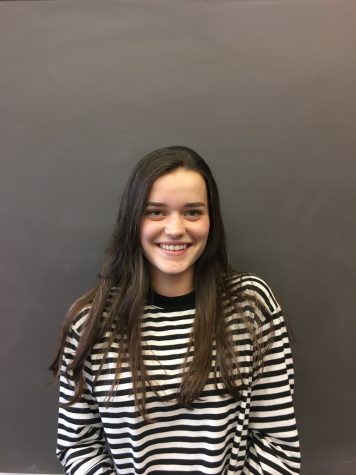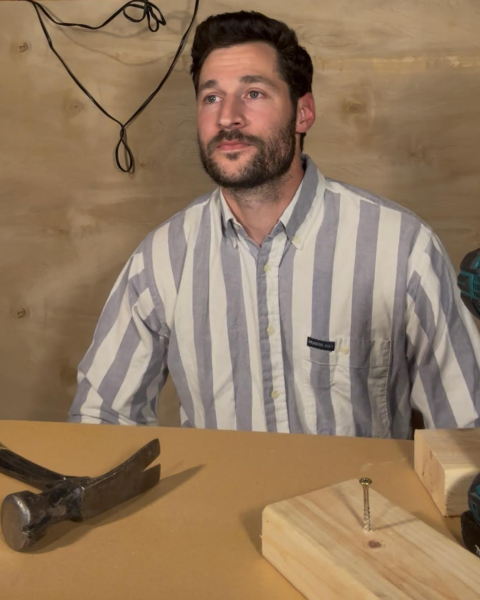Conservative Voice Speaks About Bush v. Gore
Bush Attorney Shares the Story of the Century’s First Crazy Election
Arguably one of the most common commentaries about the election of 2016 is that it was “crazy.” A campaign trail full of surprises, unlikely candidates, an influx of insults, and a widely unpredicted result. Few contest that this past election was wild, but many adults recall another recent and comparably “crazy” election in 2000: Bush v. Gore.
Sean Gallagher, a Chicago lawyer who practices at Bartlit Beck Herman Palenchar & Scott LLP, was directly involved in the chaos that arose near the end of 2000 as a member of Bush’s legal team in the 11th Circuit Court case in Tallahassee. On Tuesday, January 3, Gallagher visited Parker to share that story with a group of roughly 40 students.
The group, composed of two history elective classes, “Civil Liberties and the American State” and “Elections,” consisted of mostly seniors who have been studying U.S. law and politics throughout the semester: Researching oddities in elections since the 19th century, reading numerous Supreme Court holdings, and followed the presidential election of 2016 as it unfolded this fall. To prepare for Gallagher’s visit on the first day back from a two-week December break, both classes read excerpts on Bush v. Gore from “The Nine,” a book about the inner workings of the Supreme Court written by Jeffrey Toobin.
“‘The Nine’ gives Toobin’s very liberal take on the legal issues following the 2000 election,” Upper School history teacher Jeanne Barr said. “I thought it would be really cool to have someone who was privy to those events come talk about it, especially someone who worked for Bush. It’s a way of balancing the curriculum a little bit.”
As an introduction to Gallagher’s presentation, each teenager took a turn punching a vote in a replica of Palm Beach County’s infamous “butterfly ballot.” In the 2000 election, this style of ballot fueled confusion over which candidate truly won in Florida because of its atypical layout. The students, the oldest of whom have been 18 long enough to vote only once, took their ballots and settled in the center block of plush red chairs in the Harris Center.
Gallagher went on to explain how the “butterfly ballot” each student held had caused confusion in the 2000 election because of its two-page style. He then shifted towards talking about the general confusion and controversy of the election 16 years ago.
History department chair Andy Bigelow was absent from Gallagher’s visit this year, but recalls Gallagher’s first presentation to the Elections class in 2012.
“He started off by asking many of people in the audience thought we should have continued to do a recount,” Bigelow said, “My class had already read ‘The Nine’, and everyone raised their hand. At the end of his presentation, he asked the same question, and none of us raised our hand.”
According to Gallagher, his intention every year has been to bring to life the reality of what happened in 2000 and the true difficulty of the process. “I knew your preparation, and that the principle text was Toobin,” Gallagher said. “My experience was much more on the ground, covering what a mess recounting was.”
Within the first ten minutes of his presentation, Gallagher began to draw connections between the election he covered in 2000 and last year’s election. For students who were one and two years old during Bush v. Gore, Gallagher though it was fitting to making the comparison that was on many minds.
“I was expecting that some kids in the audience would make the connection eventually, but he brought it up early,” Barr said. “That invited students to think about a more familiar, contemporary election and how, if that felt disruptive, think about not having the results of the election for all these days.”
“There was a real depth of public concern about this last election,” Gallagher said. “Imagine this same emotional context, then add it to an ongoing contest over who won. It tore the country apart.”







